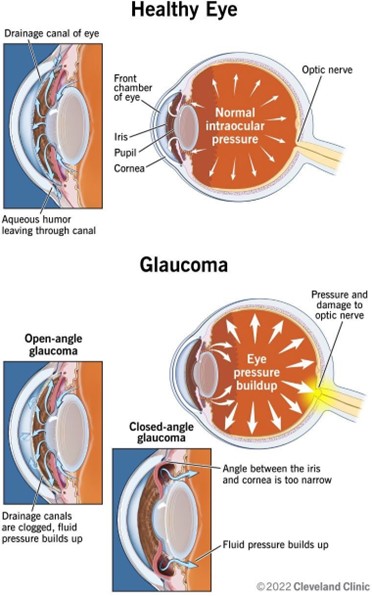An older male client is returning to the surgical unit after a total right knee replacement. Which assessment findings are most important for the practical nurse (PN) to document in this client's electronic medical record (EMR)?
Clear lung sounds, CPM (continuous passive motion) on.
B. Call bell, side rails, bed in low position, and ambulation aids.
Paresthesia, paralysis, pedal pulses, pallor, and pain.
Blood pressure 138/88, pain scale 7, and respirations 22.
The Correct Answer is C
The correct answer is choice C - Paresthesia, paralysis, pedal pulses, pallor, and pain.
Choice A rationale:
Clear lung sounds, CPM (continuous passive motion) on. While assessing lung sounds and the
use of CPM after knee replacement is essential, it may not be the most critical information to document in the client's electronic medical record (EMR) compared to other potential complications.
Choice B rationale:
Call bell, side rails, bed in low position, and ambulation aids. These are important safety measures and assistive devices for the client's post-operative recovery. While documenting these measures is important, they are not the most crucial findings to be documented in the EMR.
Choice C rationale:
Paresthesia, paralysis, pedal pulses, pallor, and pain. After a total knee replacement, it is crucial to assess the neurovascular status of the affected leg to identify any potential complications like nerve damage, circulatory impairment, or blood clot formation.
Documenting these assessments in the EMR helps monitor the client's progress and identify any changes that may require immediate intervention.
Choice D rationale:
Blood pressure 138/88, pain scale 7, and respirations 22. While monitoring vital signs and pain levels is important, these parameters are not the top priority in this situation.
Neurovascular assessments are more critical for the early detection of complications.
Nursing Test Bank
Naxlex Comprehensive Predictor Exams
Related Questions
Correct Answer is A
Explanation
Glaucoma is a group of eye diseases that damage the optic nerve and cause vision loss. It is often associated with increased intraocular pressure, which can compress the nerve fibers and reduce blood flow to the retina. The most common type of glaucoma, open-angle glaucoma, causes gradual loss of peripheral vision.

The other options are not correct because:
A. Macular edema is a condition that causes swelling and fluid accumulation in the macula, the central part of the retina that is responsible for sharp and detailed vision. It can cause blurred or distorted vision, but it does not affect the optic nerve or the peripheral vision.
B. Cataract is a condition that causes clouding of the lens, which is the transparent structure that focuses light onto the retina. It can cause blurred, dim, or yellowed vision, but it does not affect the optic nerve or the intraocular pressure.
C. Diabetic retinopathy is a complication of diabetes that damages the blood vessels in the retina and causes bleeding, leakage, or scarring. It can cause blurred, fluctuating, or darkened vision, but it does not affect the optic nerve or the intraocular pressure.
Correct Answer is C
Explanation
Choice A rationale:
Urinary output is not directly related to stomatitis, which is inflammation of the mouth and throat. While monitoring urinary output is important in many situations, it is not relevant in this case.
Choice B rationale:
Blood pressure while standing is not directly related to stomatitis either. This assessment is more relevant for conditions such as orthostatic hypotension, which can cause a drop in blood pressure upon standing.
Choice C rationale:
Ability to swallow is crucial in the context of stomatitis. Stomatitis can cause painful sores in the mouth, making it difficult for the client to eat or drink. Assessing the client's ability to swallow will help determine the impact of stomatitis on their nutritional intake and overall well-being.
Choice D rationale:
Frequency of bowel movements is unrelated to stomatitis. This assessment is more relevant for gastrointestinal issues or constipation, not for a condition affecting the mouth and throat.
Whether you are a student looking to ace your exams or a practicing nurse seeking to enhance your expertise , our nursing education contents will empower you with the confidence and competence to make a difference in the lives of patients and become a respected leader in the healthcare field.
Visit Naxlex, invest in your future and unlock endless possibilities with our unparalleled nursing education contents today
Report Wrong Answer on the Current Question
Do you disagree with the answer? If yes, what is your expected answer? Explain.
Kindly be descriptive with the issue you are facing.
